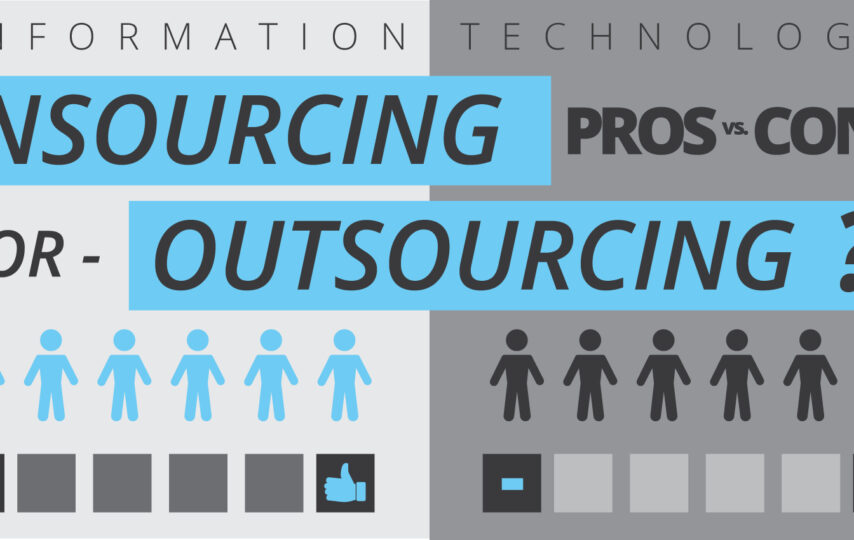Enterprises need to make firm decisions on how and where to source their materials and work from.The cost of shipping, wages for overtime employees, and paying third parties for a project. Everything requires utmost planning and precision. If an enterprise does not take steps cautiously, it may end up using a lot of its financial resources and thus not flourish as it should have.
For a company to run successfully, an efficient business model needs to be put to work. Whether a business requires to insource merchandising or outsource merchandising is their choice. Today we will be looking at the pros and cons of the two to help you better decide what model you want to opt for your enterprise. Furthermore, you can use Leafio planogram optimization to understand your business better and get valuable insights into your business and its future.
Outsourcing model: Pros and cons
Before we move on to the pros and cons of this model, it is necessary to understand what outsourcing actually is and whether it is what you are looking for in your business. Outsourcing is supposed to be a way to cut down your cost by hiring a third party to perform tasks and produce products.
This concept was recognized back in the 1980s and became a huge part of economics in the 1990s. Although there are debates on whether it is the best strategy; nonetheless, it does not stop it from being used worldwide.
In this model, the duties are assigned entirely to a company and staff outside the originating company. In addition, the work is given to a team who is an expert in this field.
Pros:
● Less hassle: Hiring a third party will efficiently distribute the work, and a simple manager can bridge the two; this will make the workflow more efficient.
● Cost-efficient: This method saves you a lot of money and time, as you don’t have to do complete hiring or teach anyone how to do the work; an expert team will do it for you for less cost.
● Experts: Since the partner company does such tasks often, they will deliver the best and the most professional work thanks to their years of experience.
Cons:
In this model, you have less direct control and may not be able to check the quality of the work.
Insourcing model: Pros and cons
Insourcing is simply the assignment of services and tasks or the production of goods to an employee in the company. Thus, Insourcing is contrary to outsourcing. Instead, work that could have been given to an outside party is given to someone who is already a staff member.
In this model, all the company’s strategies and activities are handled and not assigned to third parties.
Pros:
● Authority and control: Since everything is under the same company, they will have complete control over all activities, and all decisions will be passed through them.
● Learning opportunities: This model may be super beneficial in the long run as it trains the individuals for such a task. This way, you won’t have to partner with any third parties later on, too, since you would have your staff.
Cons:
The costs of this model are way higher than its counterpart, and the quality of work may not be as up to mark as a professional third-party company.








